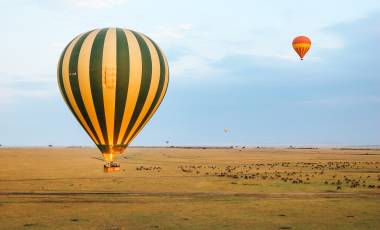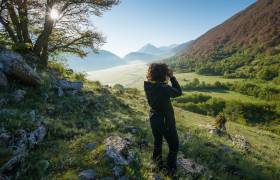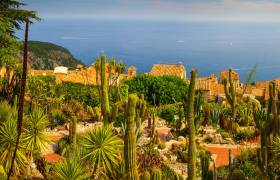Read time – 3 minutes
The African safari is one of the quintessential travel experiences, and the epic language and imagery used to describe it is familiar to us all.
The endless Acacia-dotted plains, the nights spent under canvas beneath starry skies, falling asleep to the sounds of the African bush, hot dusty days ending with sundowners to the backdrop of an African sunset.
That kind of thing. Well, A Classic Tanzania Safari Tour delivers on all those fronts, but there’s a lot more besides.
What to see on a Tanzania Safari
Many of the safari trucks that we passed on the road seemed to be full of passive safari-goers. Happy honeymooners or families content to sit back and let their drivers do the spotting for them.
Our group was much more pro-active – we were hanging out of the top of our Land Cruisers from about 30 seconds after we left camp in the morning to the moment we got home in the evening. The thrill of spotting wildlife was all part of the fun.
It’s hard to know where to look – whether to scan the horizon, the near-distance or the road ahead, and you will undoubtedly miss more than you see but you will also spot lots, although not as much as your driver. There will be mistakes too of course.
First, you need to get past the inanimate/animate object stage – rocks disguised as buffaloes, giraffe-looking trees and even fast-moving safari trucks in the distance masquerading as stampeding elephant. Once you’ve actually determined that something is an animal though this can only lead to further problems.
Elephants at ten o’clock turn out to be ostriches, honey badgers swinging in the branches of trees are actually colobus monkeys on closer inspection, and warthogs can look like pretty much anything they turn their mind to.
Animal habitats are often hard to gauge too. As we stealthily cruised through what we eagerly anticipated to be classic cheetah country, it often turned out to be classic helmeted guinea fowl country.
Education, education, education
It’s amazing what you can pick up in a few days. It won’t be long before you’ll be discussing over a post-dinner Tusker beer whether it was a pale chanting goshawk in the Euphorbia Candelabra earlier on, and not only that, but you’ll be doing it in Swahili too.
We weren’t spotting giraffe, elephant and lion any more – but Twigga, Tembo and Simba. We learnt the safari commands of ‘twende’, ‘sumama’ and ‘asante’. And I don’t know if this is genuine Swahili, but there was no finer moment than a hot ‘washy wash’ back at camp, when you could remove the grime and dust of a day on the plains.
Food on Safari
The food is plentiful and of amazing quality, especially considering it is being prepared in the middle of the remote African bush, out of a kitchen tent and often by the light of a head-torch.
Breakfast and dinner are enjoyed in the serenity of the camp’s mess tent, but lunch is taken on the road. After a hard morning’s spotting, the effects of your full-cooked breakfast are beginning to wear off and attention turns to what Jackson the chef has put in the packed lunch boxes.
On most days we spent lunch at a nice picnic spot, which enabled us to refuel and observe wildlife at the same time. Unfortunately, we were rarely alone.
The first day we were ambushed by baboons who made off with a jam butty and bag of crisps. In the Serengeti, we had to beat a hasty retreat from a flock of Superb Starlings (their name, not my description), and I can only be grateful we didn’t have lunch in Ngorongoro, where black kites apparently swoop from the skies to pinch your cheese rolls.
Bird Watching on Safari
I was a bit of a twitcher in my youth – but the thrill of seeing a jackdaw or heron wore off round about the time I discovered The Doors. But I was lucky enough to have a couple of very keen ornithologists on this trip who reawakened my interest.
It helped that the birdlife is unbelievable – kingfishers, lovebirds, bee-eaters, lilac-breasted rollers, bustards, shrikes, hornbills, woodpeckers and a huge assortment of raptors are all over the place. Of course, there are those unforgettable moments too, on an almost hourly basis.
Staring into a lion’s eyes from a couple of metres away, so close you can see the flies in his coat and the blood in his mane. Seeing a leopard in a tree with its fresh kill, as it nonchalantly looks down on the distraught herd of impala mourning their loss; winding down the dirt road into the Ngorongoro Crater, shimmering soda lake and mountains in the distance.
Eagles circling in the sky and a Maasai warrior herding his cattle past your truck; or contemplating the evolution of man at the museum of Oldupai Gorge, or driving across the eerie burnt plains of the southern Serengeti, the plains that shall never die.
Browse our Tanzania safari tours below and plan your trip.

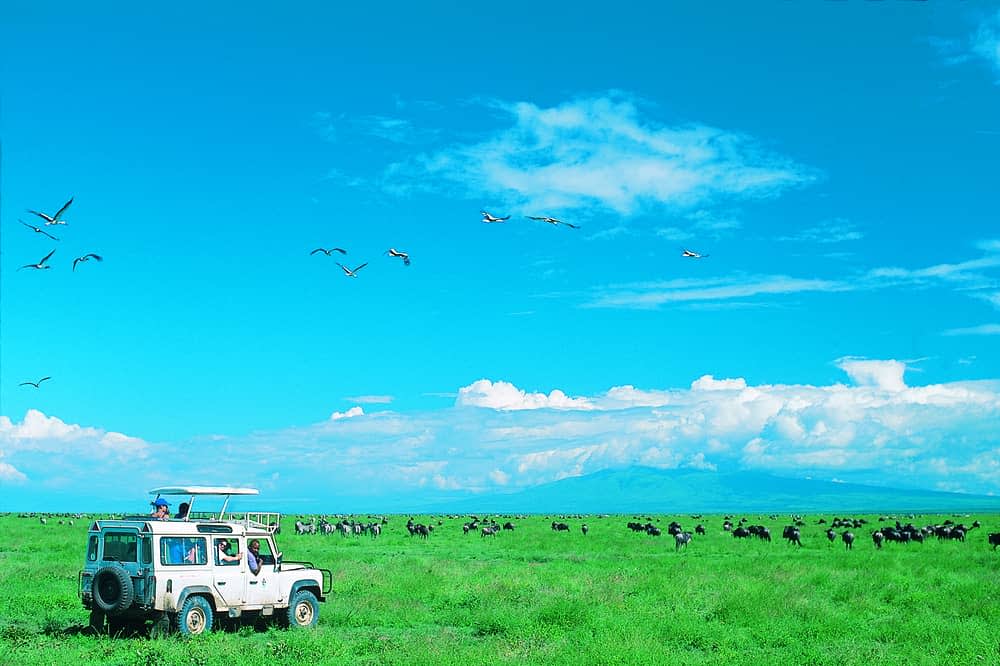 Tanzania safari
Tanzania safari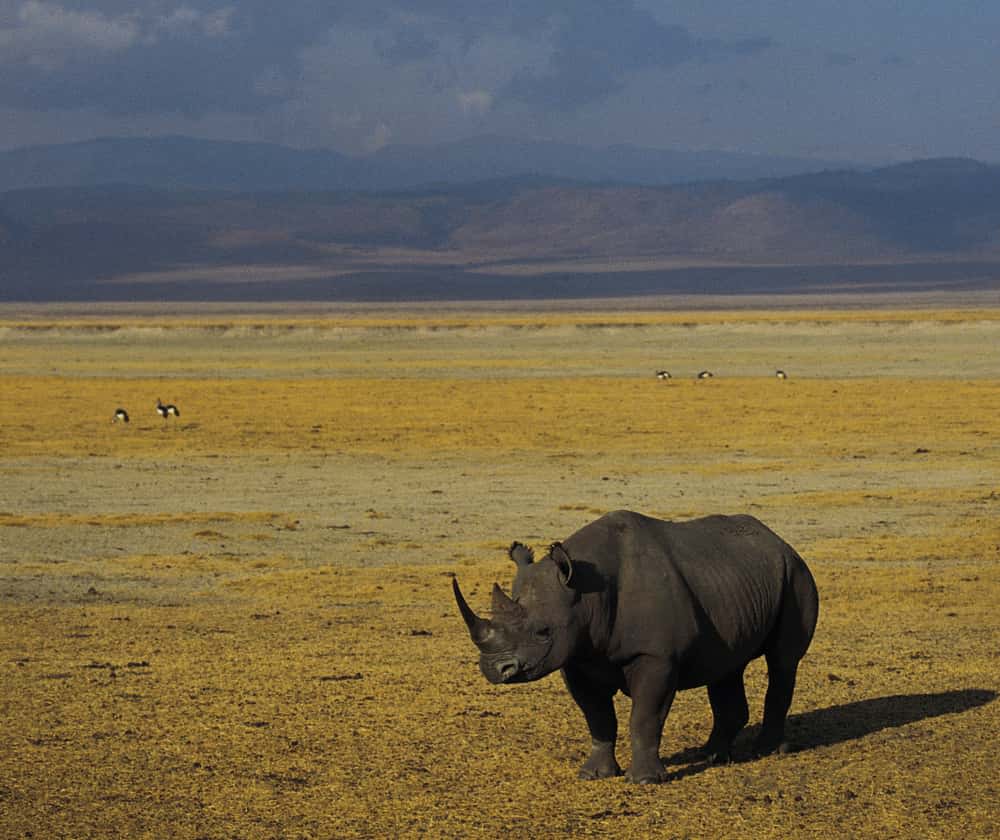 African rhino
African rhino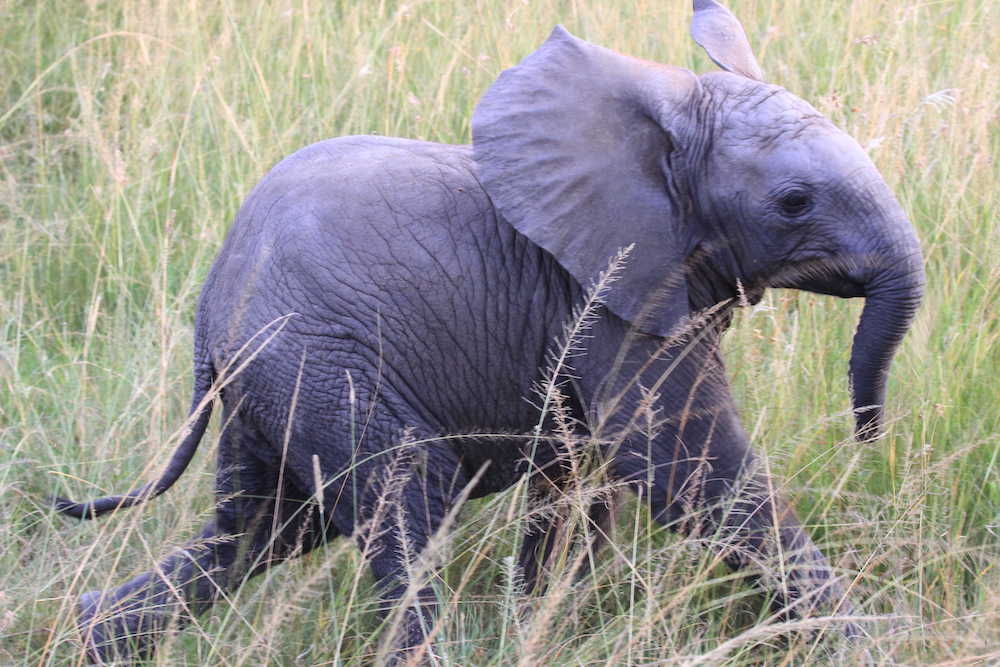 Charging elephant
Charging elephant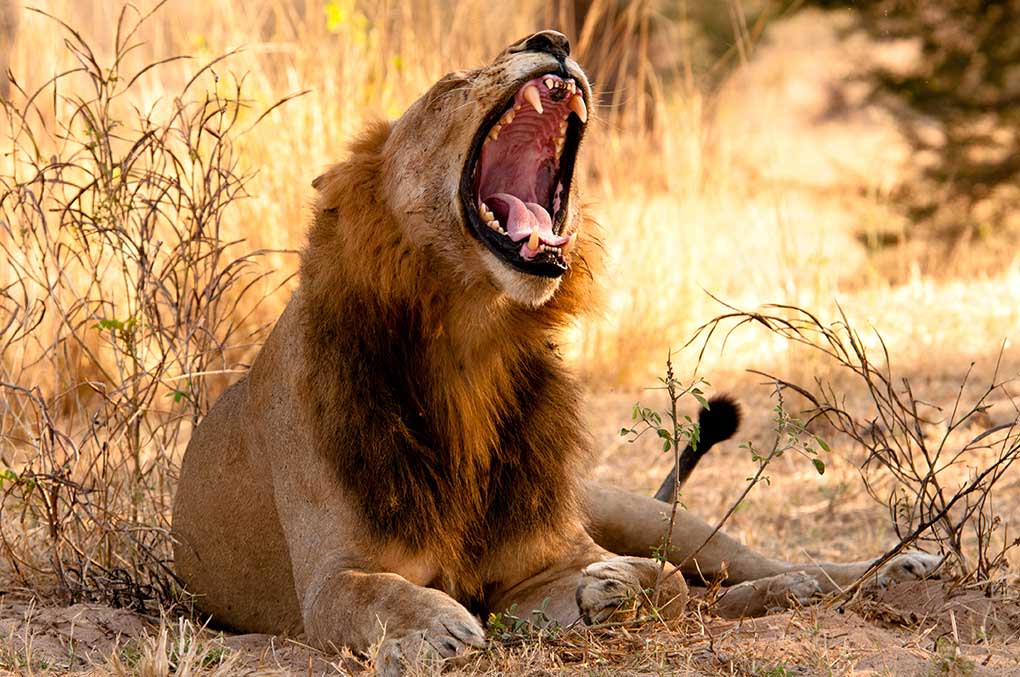 Roaring lion
Roaring lion